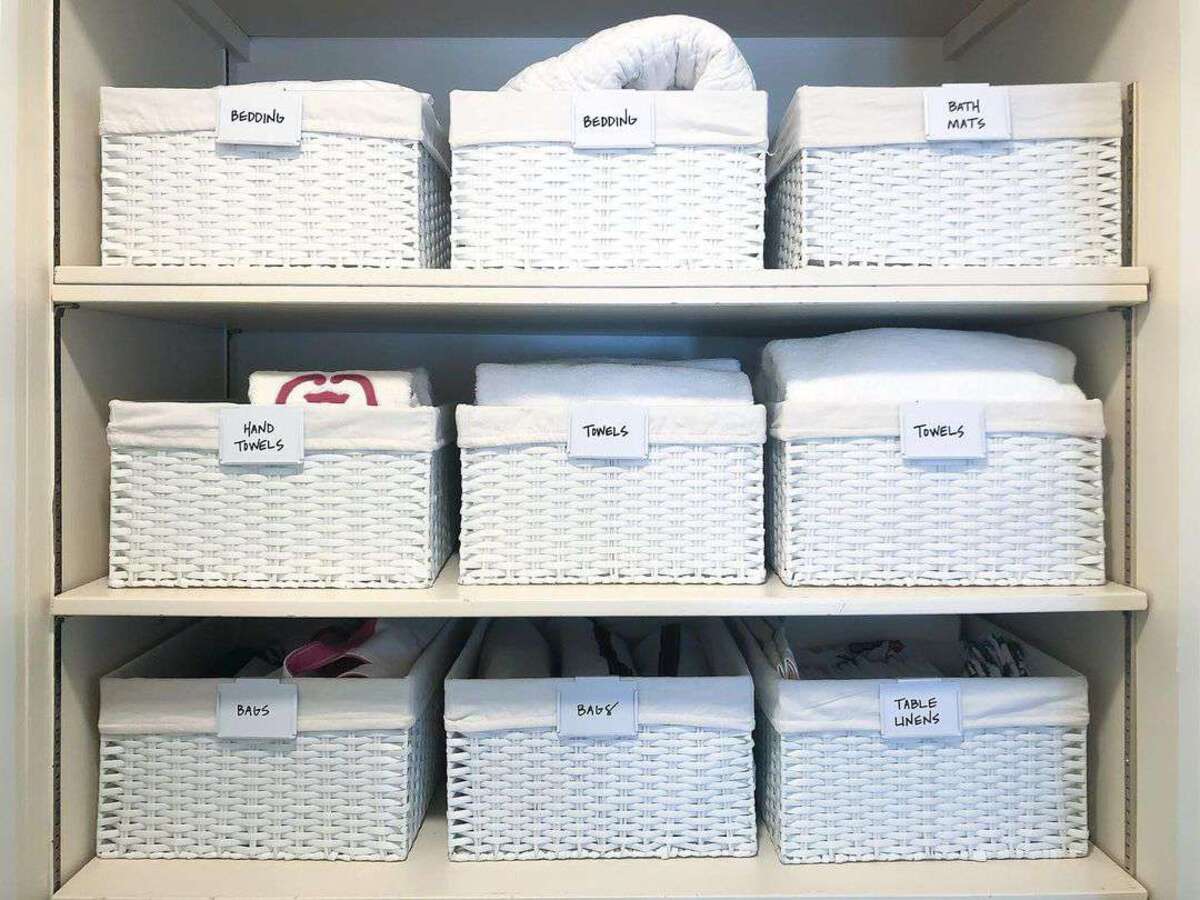

Articles
How To Store Sheets In Linen Closet
Modified: February 24, 2024
Learn the best way to store sheets in your linen closet. Read our helpful articles for tips and tricks on organizing and preserving your linens.
(Many of the links in this article redirect to a specific reviewed product. Your purchase of these products through affiliate links helps to generate commission for Storables.com, at no extra cost. Learn more)
Introduction
Welcome to our comprehensive guide on how to store sheets in a linen closet. If you’re frustrated with the constant battle of trying to keep your sheets organized and easily accessible, then you’ve come to the right place. A well-organized linen closet can not only save you time and effort, but it can also help extend the lifespan of your sheets by keeping them properly stored and protected.
In this article, we will provide you with practical tips and techniques for folding, sorting, and storing your sheets in a way that maximizes space and keeps everything tidy. Whether you have a large linen closet or just a small space to work with, we have solutions that will help you maintain a well-organized sheet collection.
So, let’s dive right in and explore the various methods and strategies for efficiently storing your sheets in a linen closet!
Key Takeaways:
- Efficiently store sheets in a linen closet by clearing out clutter, using space-saving folding techniques, and sorting by size and type. Customized storage options like stackable bins, shelf dividers, drawer organizers, and vacuum-sealed bags maximize space and accessibility.
- Label and maintain a sheet inventory to simplify finding specific sets and ensure an organized linen closet. Implement rotation systems and regular reorganization to keep the closet functional and efficient.
Read more: How To Store Bed Sheets In Closet
Clearing Out the Linen Closet
Before you can effectively store your sheets in a linen closet, it’s important to start with a clean slate. Begin by completely emptying out your linen closet. Take this opportunity to declutter and get rid of any old or damaged linens that you no longer need or use. This will help create more space and make it easier to organize your sheets.
Next, give the shelves and surfaces a thorough cleaning. Wipe down the shelves, vacuum or sweep the floor, and dust any cobwebs or debris. A clean and fresh linen closet will not only make it more pleasant to store your sheets but also help keep them in good condition.
Once your linen closet is empty and clean, it’s time to move on to the next step – folding your sheets.
Note: It’s a good idea to tackle one shelf or section at a time, especially if you have a large linen closet. This will help you stay organized and prevent overwhelming yourself.
Folding Techniques for Sheets
The way you fold your sheets can make a big difference in how neatly they stack and fit in your linen closet. There are different folding techniques you can use depending on the size of your sheets and your personal preference. Here are three commonly used methods:
- Rectangle Fold: Lay the sheet flat on a bed or flat surface. Fold the sheet in half lengthwise, matching up the corners. Smooth out any wrinkles, and then fold it in half again. Finally, fold the sheet horizontally into a rectangle. This technique works well for flat sheets.
- Envelope Fold: Start by spreading the sheet out on a bed or flat surface. Fold one corner of the sheet up and over to the opposite corner, creating a triangle. Smooth out any wrinkles, and then fold the sheet in half lengthwise. Finally, fold the sheet in half again to create a neat envelope shape. This method is ideal for fitted sheets.
- Roll and Tuck Fold: Lay the sheet flat on a bed or flat surface. Start rolling the sheet tightly from one end to the other, keeping the edges as straight as possible. Once rolled, tuck the edges into the roll to secure it. This technique is great for saving space and minimizing wrinkles.
Whichever folding technique you choose, make sure to smooth out any wrinkles before folding and consider using a fabric spray or sachet to keep your sheets smelling fresh.
Now that your sheets are nicely folded, it’s time to move on to the next step – sorting them by size and type.
Sorting Sheets by Size and Type
Sorting your sheets by size and type is essential for easy access and organization in your linen closet. It allows you to quickly find the sheets you need without having to sift through a jumble of different sizes and styles. Here’s how you can effectively sort your sheets:
1. Separate by Size:
Begin by grouping your sheets according to their sizes (e.g., twin, full, queen, king). This will make it easier to locate the appropriate sheets when you need them. If you have multiple sets for each size, consider keeping them together as a set.
2. Categorize by Type:
Next, categorize your sheets by type, such as fitted sheets, flat sheets, and pillowcases. This further streamlines the process of finding the specific sheet you’re looking for.
3. Consider Color or Pattern:
Another way to sort your sheets is by color or pattern. This can be especially helpful if you have a variety of sheets in different shades or designs. By keeping similar colors or patterns together, you can easily coordinate your bedding.
By implementing a systematic sorting method, you’ll be able to locate the sheets you need quickly and effortlessly. Now that your sheets are sorted, it’s time to explore different storage options for your neatly folded sheets.
Storing Sheets in Stackable Storage Bins
A convenient and efficient way to store your neatly folded sheets is by using stackable storage bins. Stackable bins help make the most of your vertical space and keep your linen closet organized. Here’s how you can store your sheets using this method:
1. Choose the Right Size:
Select storage bins that are appropriately sized to accommodate your folded sheets. Ensure that the bins are large enough to hold the sheets but not so bulky that they take up unnecessary space in your linen closet.
2. Label Each Bin:
To make it even easier to find the sheets you need, consider labeling each storage bin. Use adhesive labels or label holders to indicate the size or type of sheets stored inside. This way, you can quickly locate the specific sheets you’re looking for without having to open each bin.
3. Stack the Bins:
Once your sheets are neatly folded and placed in the storage bins, start stacking the bins in your linen closet. Place the larger bins at the bottom and stack smaller bins on top. Make sure they are stable and secure to prevent any accidents.
4. Utilize Shelf Dividers:
To further maximize the space in your linen closet, consider using shelf dividers. These dividers can create separate sections within the closet, allowing you to store different sizes or types of sheets in each compartment. This helps keep the stacks of bins organized and prevents them from toppling over.
Storing your sheets in stackable storage bins not only saves space but also keeps them well-protected and easily accessible. However, if you prefer a different storage method, continue reading for alternative options.
To store sheets in a linen closet, fold them neatly and stack them according to size. Store each set inside one of its pillowcases to keep everything together and organized.
Read more: How To Store Sheets
Utilizing Shelf Dividers for Sheet Organization
If you prefer a more visible and accessible storage solution for your sheets, utilizing shelf dividers can be a great option. Shelf dividers help create separate sections within your linen closet, making it easier to organize and locate specific sheets. Here’s how you can effectively use shelf dividers for your sheet organization:
1. Measure Your Shelves:
Before you purchase or create shelf dividers, measure the width and height of your linen closet shelves. This will ensure that the dividers fit properly and provide a stable partition for your sheets.
2. Choose the Right Dividers:
There are various types of shelf dividers available, including adjustable tension rod dividers, wire dividers, and acrylic dividers. Consider the design and material that will best suit your needs and budget.
3. Install the Dividers:
Follow the instructions provided with your chosen dividers to install them on your linen closet shelves. Ensure that they are firmly attached and stable to prevent any shifting or collapsing.
4. Organize Your Sheets:
Now that you have the dividers in place, you can start organizing your sheets by size and type. Dedicate each section to a specific sheet size (e.g., twin, queen) or type (e.g., fitted, flat). This will make it easy to locate the sheets you need and keep the stacks organized.
5. Consider Using Storage Baskets:
To further enhance your sheet organization, you can use storage baskets within each section of the divided shelves. These baskets can hold smaller items like pillowcases or can be used to separate different sets of sheets within the same size category.
By utilizing shelf dividers, you can create a well-organized and visually appealing linen closet that allows for easy access to your sheets. However, if you prefer a different storage method, continue reading for alternative options.
Using Drawer Organizers for Sheet Storage
If you’re looking for a space-saving and efficient way to store your sheets, utilizing drawer organizers can be a game-changer. Drawer organizers not only keep your sheets neatly folded but also make it easier to access and rotate your sheet collection. Here’s how you can effectively use drawer organizers for your sheet storage:
1. Determine the Drawer Space:
Identify a drawer or set of drawers in your linen closet that can be dedicated to sheet storage. Measure the dimensions of the drawers to ensure that you select the appropriate size of drawer organizers.
2. Choose the Right Organizers:
There are various types of drawer organizers available, such as fabric bins, dividers, or adjustable compartments. Consider the size and shape of your sheets to determine the most suitable organizers for your needs.
3. Fold Sheets Uniformly:
Before placing your sheets in the drawer organizers, make sure they are properly folded using one of the folding techniques mentioned earlier. Folding them uniformly will maximize space and make it easier to stack them in the drawers.
4. Organize by Size and Type:
As you place the folded sheets into the drawer organizers, organize them by size and type. Reserve separate compartments or organizers for each sheet size (e.g., twin, queen) and type (e.g., fitted, flat). This will make it easier to locate the specific sheets you need.
5. Rotate and Store Sets Together:
Consider rotating your sheet sets by placing the clean set at the bottom of the stack and using the top set for your bed. Additionally, store each complete set together within the same drawer or compartments to keep them organized and readily accessible.
Using drawer organizers for sheet storage not only saves space in your linen closet but also allows for easy access and rotation of your sheets. However, if you prefer a different storage method, continue reading for alternative options.
Maximizing Space with Vacuum-Sealed Bags
If you’re dealing with limited storage space or simply want to maximize the amount of sheets you can store in your linen closet, vacuum-sealed bags are an excellent solution. These bags compress your sheets, removing excess air and reducing their volume. Here’s how you can effectively maximize space with vacuum-sealed bags:
1. Select the Appropriate Bags:
Choose vacuum-sealed bags that are large enough to accommodate your folded sheets. Look for bags specifically designed for storing bedding, as they will offer the best results.
2. Fold the Sheets:
Before placing your sheets in the vacuum-sealed bags, ensure they are folded neatly to minimize wrinkles and creases. Use one of the folding techniques mentioned earlier to create compact and stackable bundles.
3. Place the Sheets in the Bags:
Carefully insert the folded sheets into the vacuum-sealed bags. Be mindful not to overstuff the bags, as this may affect their effectiveness. Leave enough space to allow for the vacuum sealing process.
4. Remove the Air:
Follow the instructions provided with the vacuum-sealed bags to remove the air and compress the sheets. Most bags require a vacuum cleaner or hand pump to suck out the air. As the air is removed, you will notice the bags shrink and the sheets compacting.
5. Seal and Store:
Once the air is completely removed, seal the bags tightly to prevent any air from seeping in. Label each bag with the corresponding sheet size or type to easily locate the sheets you need. Store the sealed bags in your linen closet, taking advantage of the reduced space they occupy.
Vacuum-sealed bags are a great option for maximizing space and keeping your sheets compactly stored. However, if you prefer a different storage method, continue reading for alternative options.
Labeling and Maintaining Sheet Inventory
Labeling your sheets and maintaining an inventory can greatly simplify the process of finding the sheets you need and ensuring that they remain organized in your linen closet. Here’s how you can effectively label and maintain your sheet inventory:
1. Use Clear Labels or Tags:
Attach clear adhesive labels or hang tags to each set of sheets or storage container to easily identify the size, type, and color/pattern of the sheets. Clear labels are beneficial as they allow you to see the contents without having to open or handle the sheet sets.
2. Create a Inventory Spreadsheet or Notebook:
Consider creating a digital spreadsheet or using a dedicated notebook to keep track of your sheet inventory. Include columns for size, type, color/pattern, and any additional notes or comments you may have. Update the inventory whenever new sheets are added or removed.
3. Take Stock Regularly:
To ensure that your inventory remains accurate and up-to-date, make it a habit to take stock of your sheets regularly. Check for any damaged or worn-out sheets that need to be replaced, and update your inventory accordingly.
4. Implement a Rotation System:
To prevent any single set of sheets from being overly used, implement a rotation system. This involves swapping out the sheets on your bed with a different set from your linen closet on a regular basis. Update your inventory and label the newly used sheets accordingly.
5. Reorganize When Necessary:
If you purchase new sheet sets or make changes to your bedding, take the time to reorganize your linen closet. Adjust labels, update the inventory, and ensure that everything is properly arranged for easy access and organization.
Labeling your sheets and maintaining an inventory will save you time and effort when searching for specific sets, ensuring that your linen closet remains organized and efficient. Now that you’re equipped with these tips, you’re ready to create a well-structured and easily managed linen closet!
For more helpful articles on home organization and storage solutions, stay tuned to our website!
Read more: How To Store Linens In Closet
Conclusion
A well-organized linen closet not only saves you time and effort but also helps prolong the lifespan of your sheets. With the tips and techniques we’ve discussed in this comprehensive guide, you can transform your linen closet into a functional and efficient storage space for your sheets.
By clearing out your linen closet, folding your sheets using proper techniques, and sorting them by size and type, you lay the foundation for an organized and manageable system. Whether you choose to store your sheets in stackable storage bins, utilize shelf dividers, use drawer organizers, maximize space with vacuum-sealed bags, or employ a combination of these methods, you can customize your storage solution to suit your specific needs and space constraints.
Additionally, don’t forget the importance of labeling your sheets and maintaining an inventory. Clear labels or tags, along with an inventory spreadsheet or notebook, will make it easier for you to find the sheets you need and keep track of your collection.
Remember, a well-organized linen closet not only makes your daily life easier but also contributes to the overall aesthetic appeal of your home. So, take the time to implement these strategies and enjoy the benefits of having a neatly stored and easily accessible sheet collection.
We hope this guide has provided you with valuable insights and practical solutions for storing your sheets in a linen closet. Happy organizing!
Frequently Asked Questions about How To Store Sheets In Linen Closet
Was this page helpful?
At Storables.com, we guarantee accurate and reliable information. Our content, validated by Expert Board Contributors, is crafted following stringent Editorial Policies. We're committed to providing you with well-researched, expert-backed insights for all your informational needs.
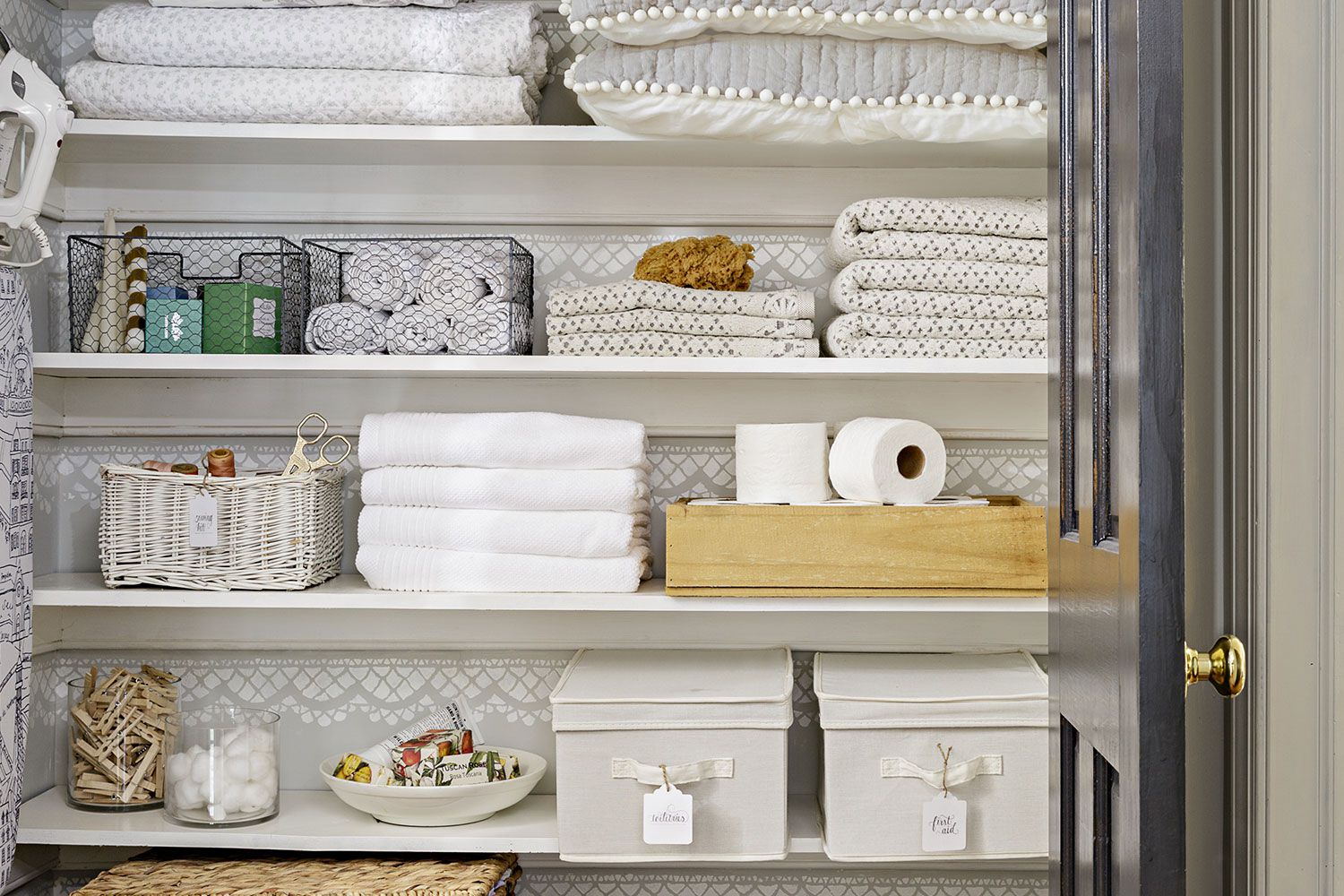
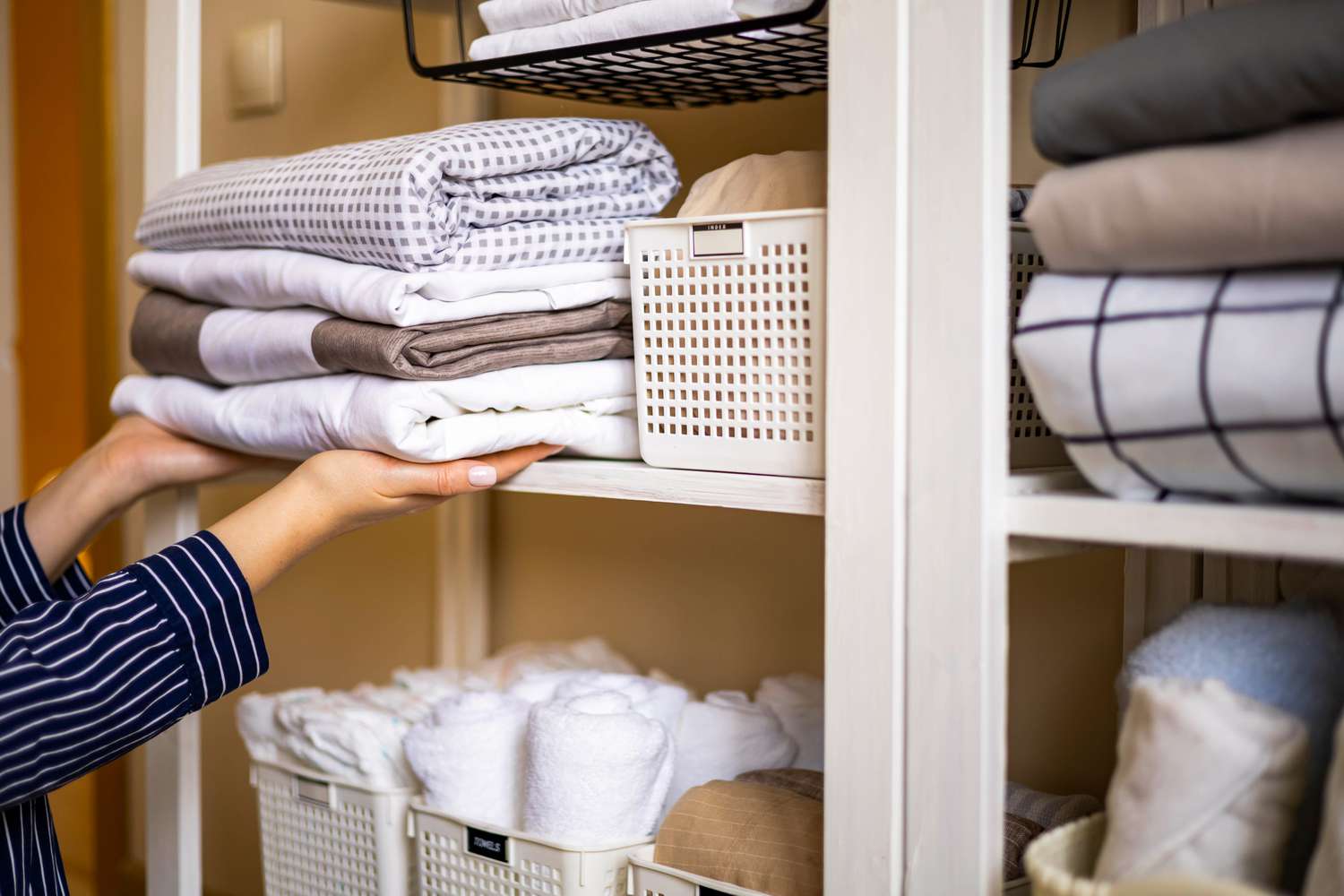
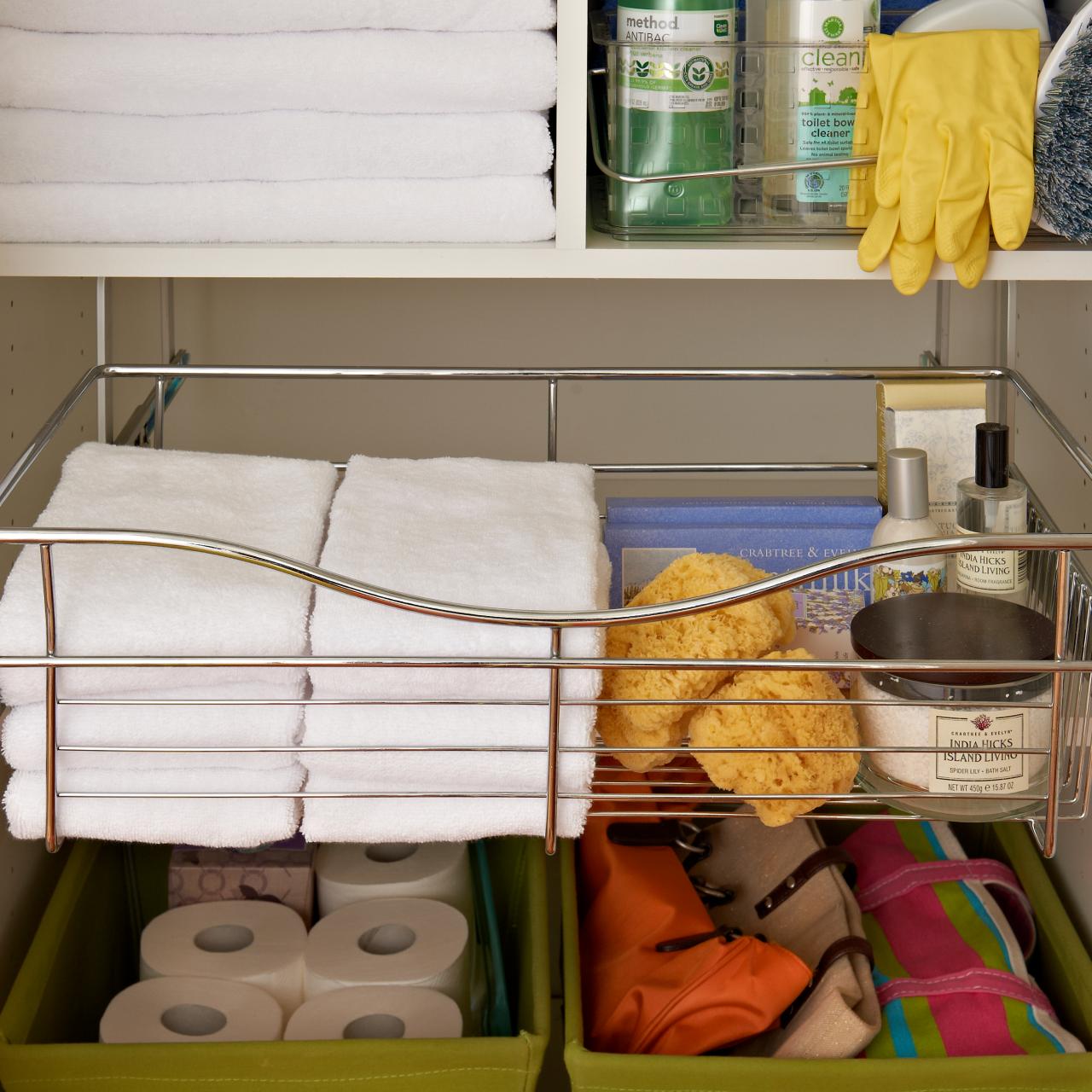

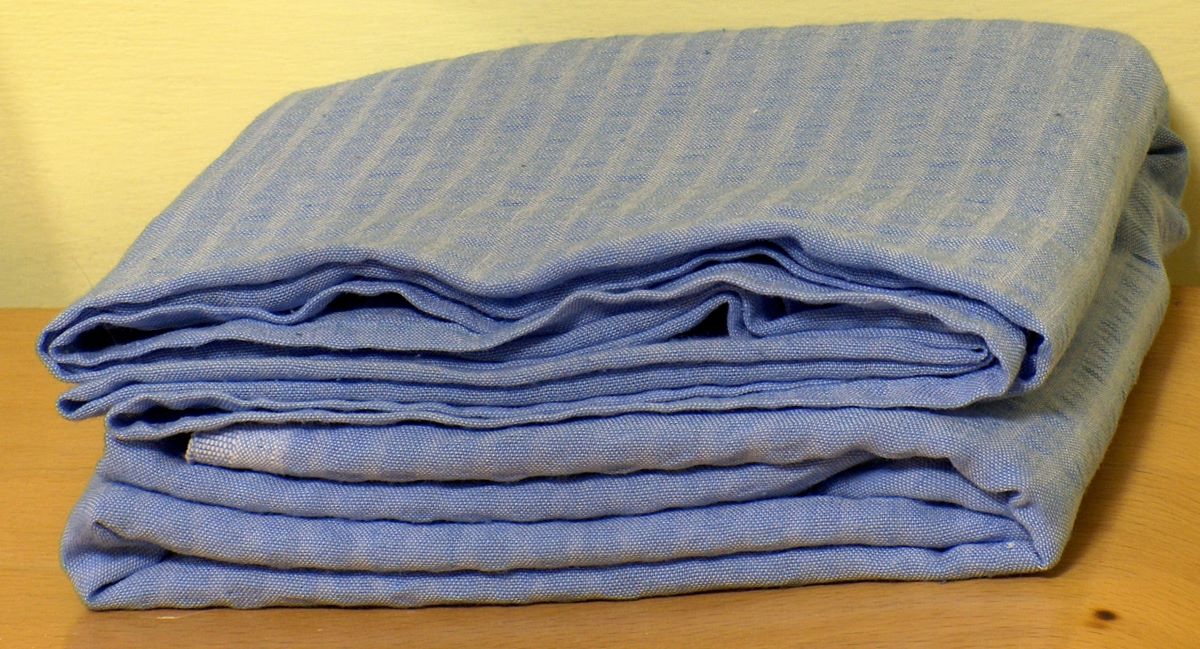
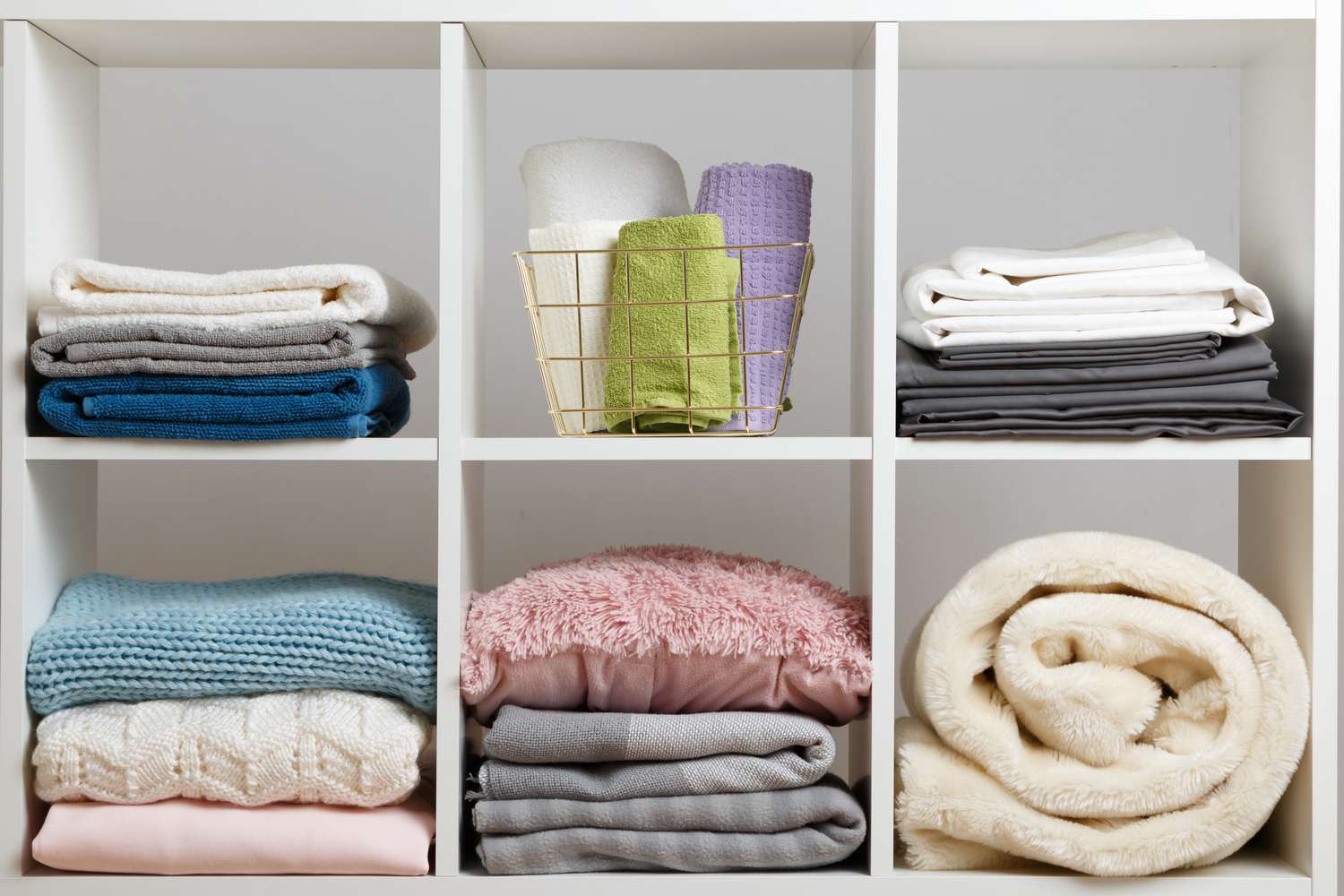
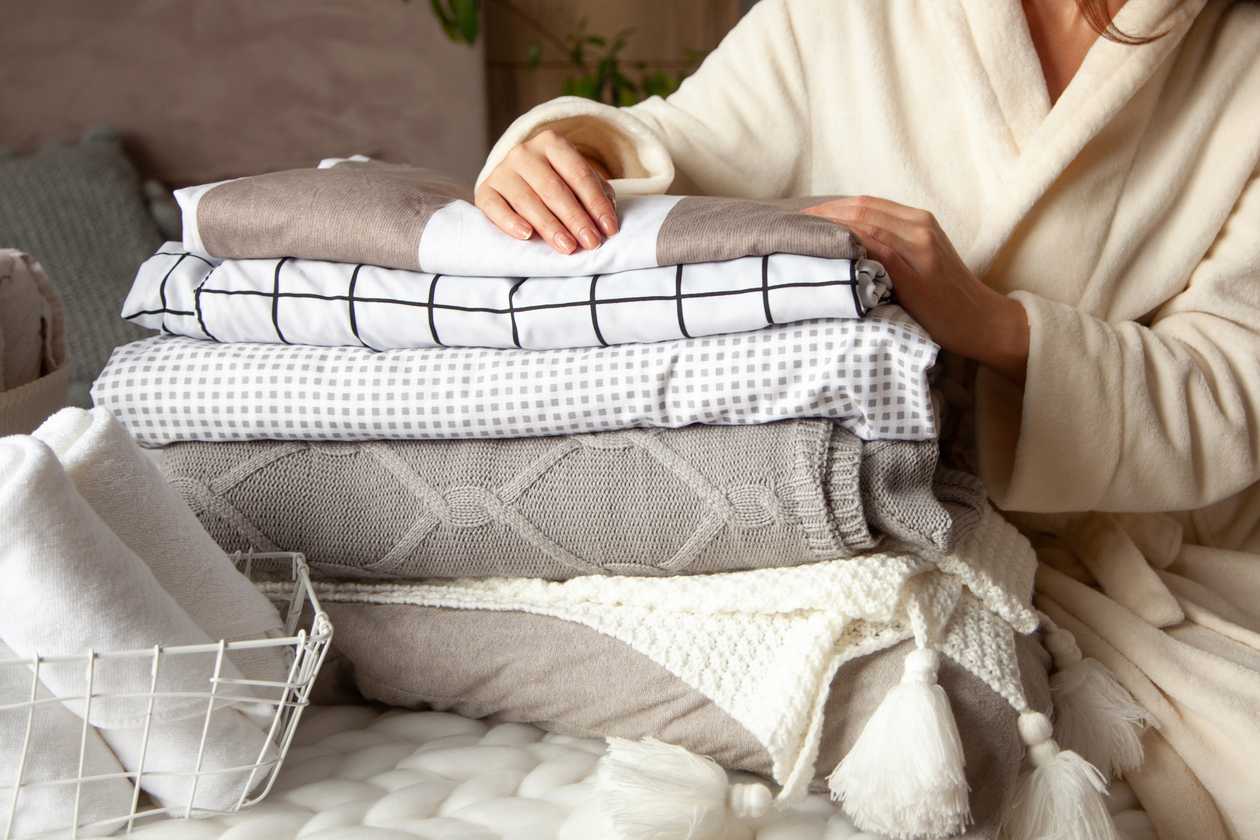

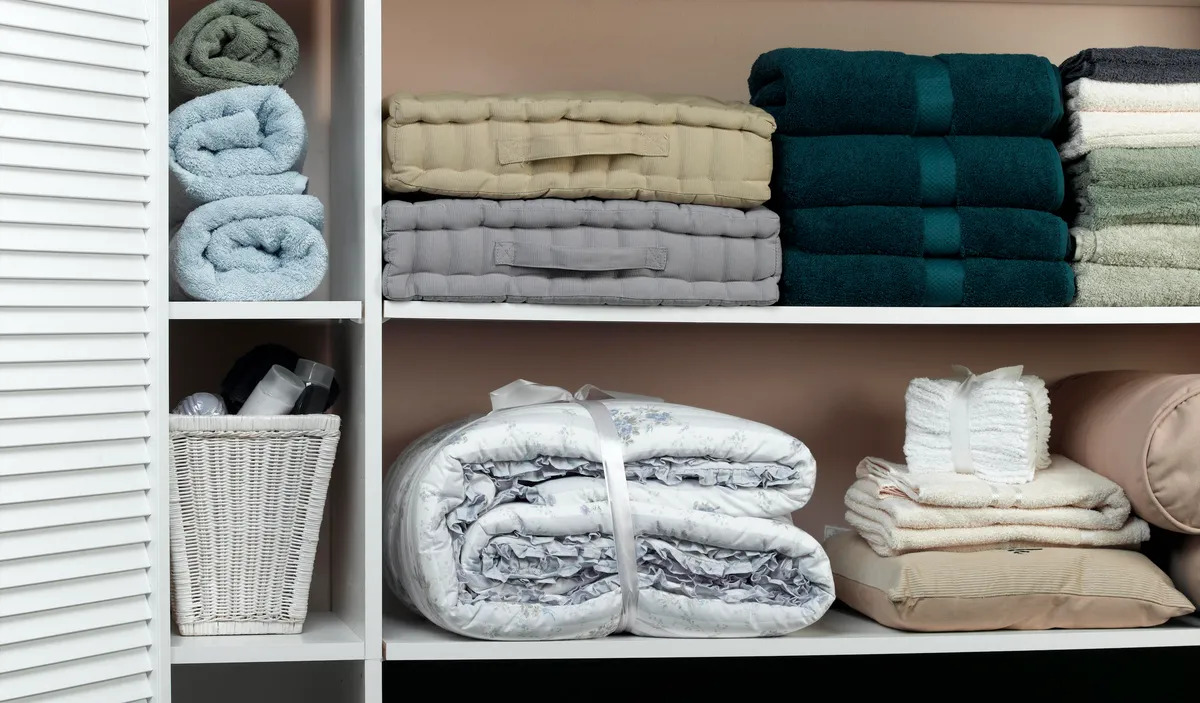
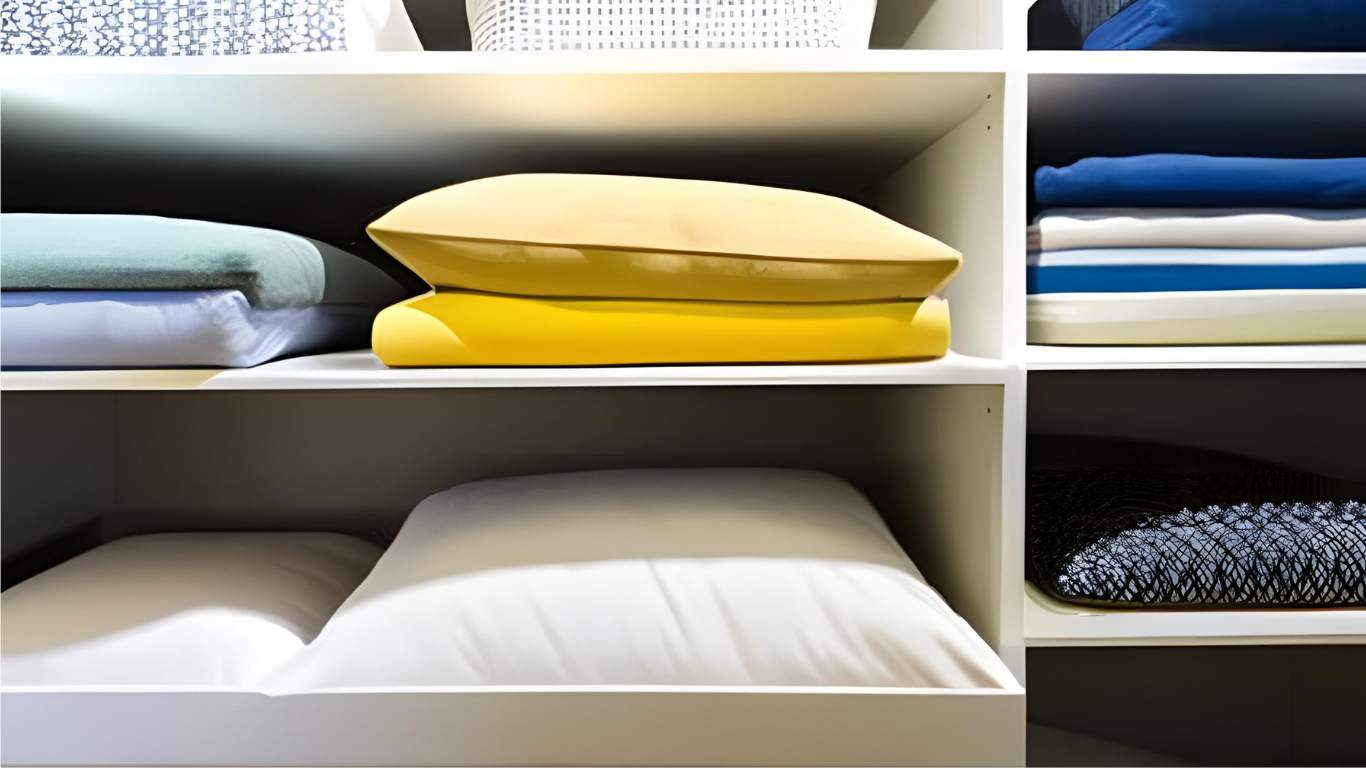
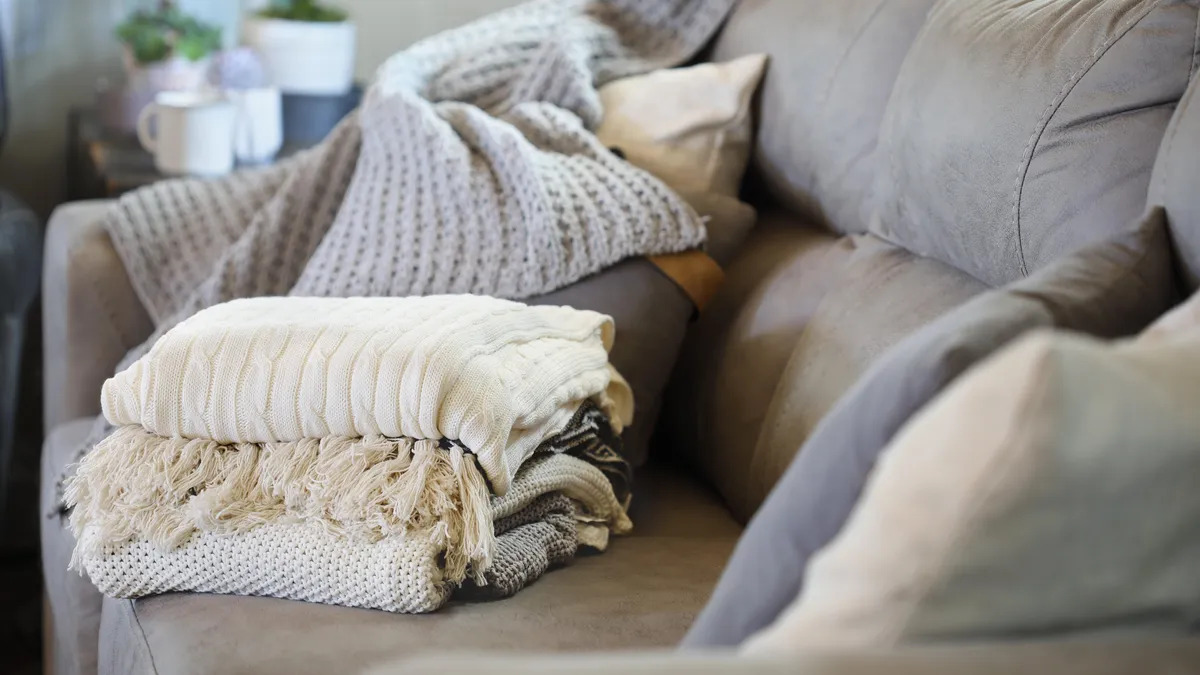
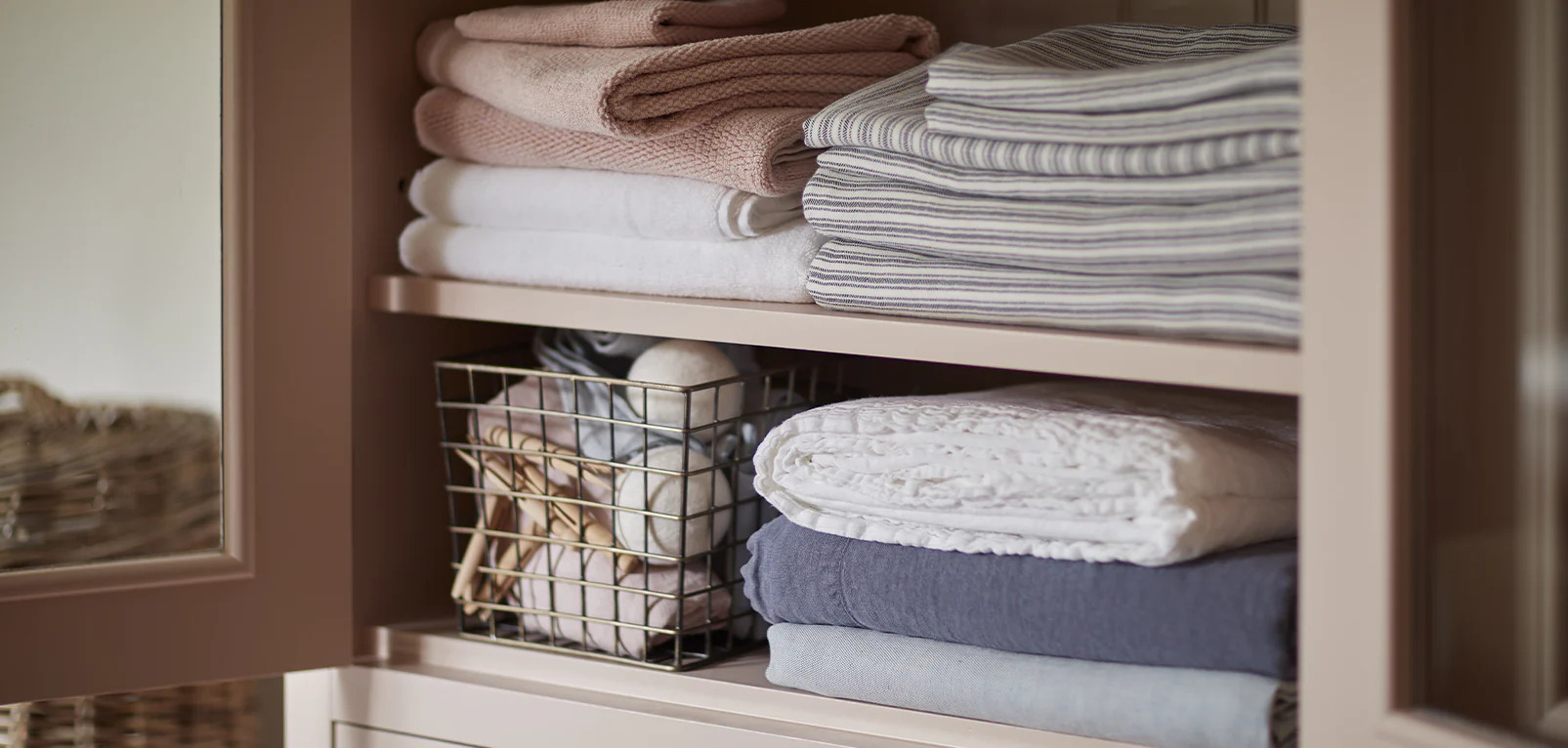
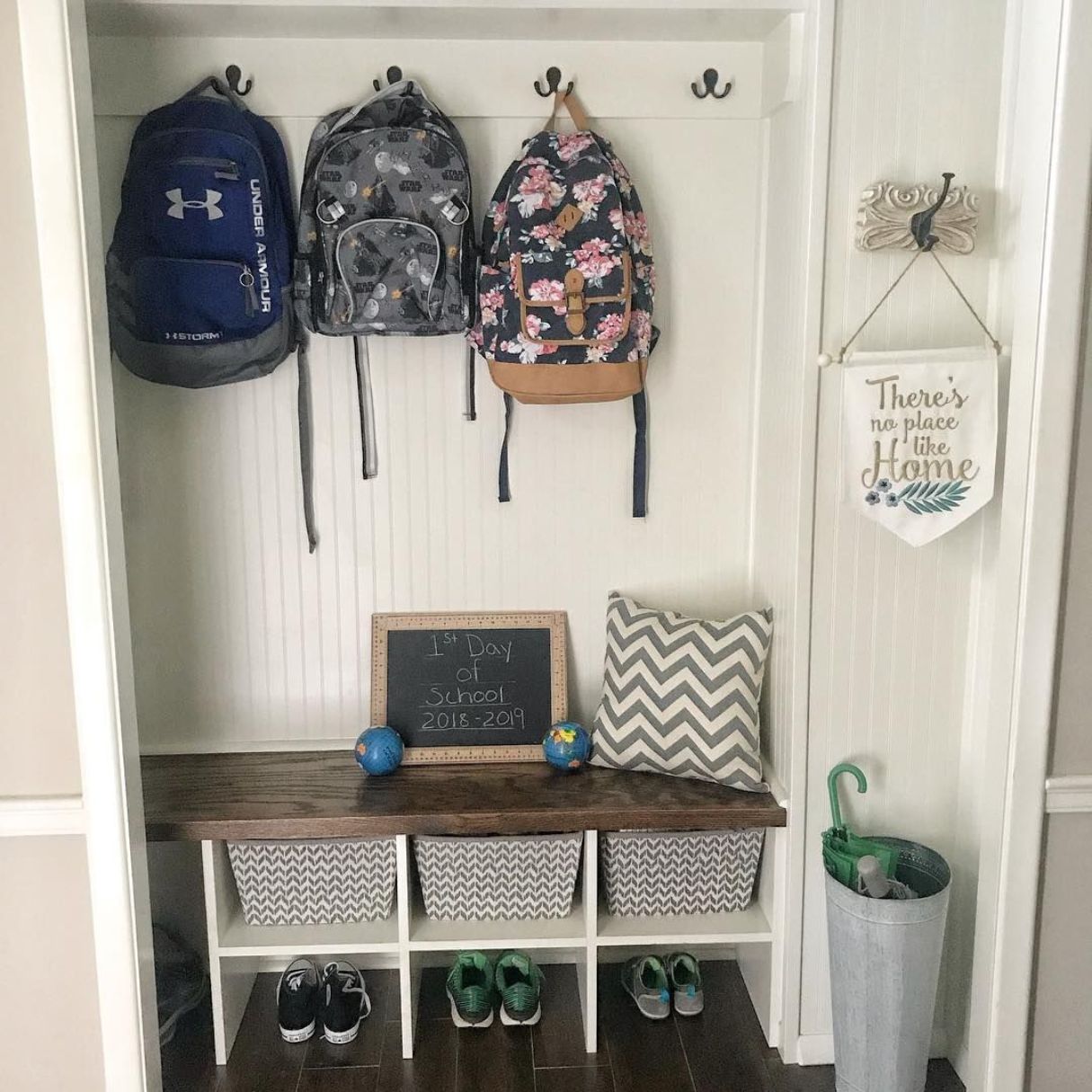

0 thoughts on “How To Store Sheets In Linen Closet”